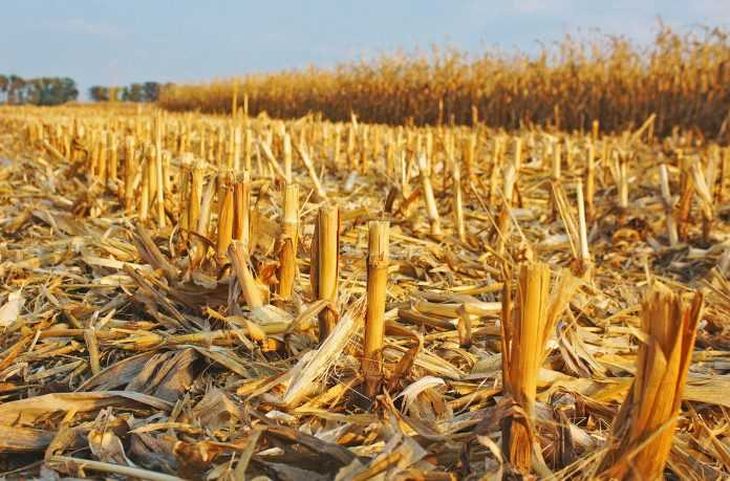Open-air Piles of Corn Increasing in Mato Grosso, Brazil

Farmers in the municipality of Sinop in northern Mato Grosso have harvested approximately 70% of the safrinha corn and they are reporting an average yield of 100 sacks per hectare (95.4 bu/ac). The president of the Rural Union of Sinop/MT attributes the satisfactory yields to the summer rains that extended into the month of May.
One of the concerns farmers now have is where to store the corn. A lot of the silos are still full of soybeans, so a large volume of corn is currently being stored in open-air piles, which is common this time of the year. The open-air piles will have to be picked up before the summer rains return sometime in September.
Brazil is chronically short of grain storage and Mato Grosso is no exception. The president of the local rural union feels producers should invest in on-farm grain storage regardless of the size of their operations. That would allow producers to choose the best moment to sell their grain instead of being forced to sell at harvest or to pay for storage at the local grain elevator or cooperative.
For example, in the municipality of Colider in northern Mato Grosso, the safrinha corn harvest is nearly complete and the harvest has pressured corn prices to the range of R$ 55 to R$ 56 per sack (approximately $4.90 to $5.00 per bushel). Farmers who forward contracted their corn ahead of time, received in the range of R$ 75 to R$ 80 per sack (approximately $6.70 to $7.15 per bushel). Corn prices are expected to rebound in the months ahead, but farmers would only be able to take advantage of the higher prices if they could store their corn on-farm.
In fact, increased grain storage was one program emphasized in Brazil’s annual “Plano Safra 2022/23”, which was announced on June 29, 2022. The Program for the Construction and Expansion of Storage (PCA) has R$ 5.1 billion available at 7% interest for the construction of storage units up to 6,000 tons and 8.5% intertest for storage units over 6,000 tons. The length of the loan is up to 12 years with a 3-year grace period. There is a limit of R$ 50 million on individual loans for grain storage construction.
The “Plano Safra 2022/23” has R$ 340.8 billion in available funds, which represents an increase of 36% compared to the prior year. Production and marketing programs will have available R$ 246.28 billion, which is an increase of 39% compared to last year. Investment programs will have available R$ 94.6 billion, which is an increase of 29% compared to last year.
Brazil’s “Plano Safra 2022/23” is their equivalent of the 5-Year Farm Bill in the U.S., but Brazil does it annually. The majority of Brazil’s “Plano Safra 2022/23” consists of loans for production, marketing, and investments with subsidized interest rates depending on the borrower’s size of operation.
Read also
Wheat in Southern Brazil Impacted by Dry Weather and Frosts
Oilseed Industry. Leaders and Strategies in the Times of a Great Change
Black Sea & Danube Region: Oilseed and Vegoil Markets Within Ongoing Transfor...
Serbia. The drought will cause extremely high losses for farmers this year
2023/24 Safrinha Corn in Brazil 91% Harvested
Write to us
Our manager will contact you soon



